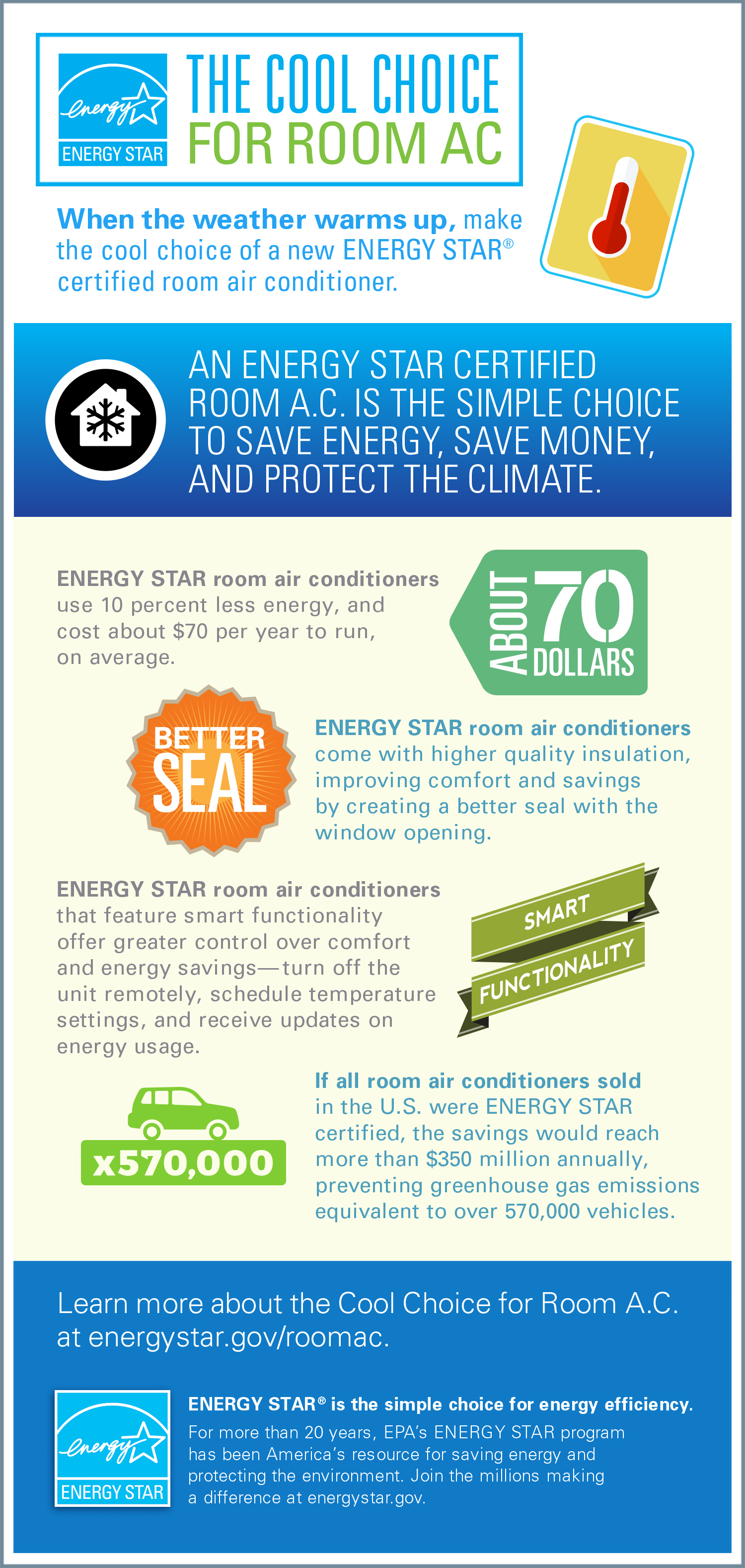The Ultimate Overview To Comprehending Heat Pumps - Exactly How Do They Work?
The Ultimate Overview To Comprehending Heat Pumps - Exactly How Do They Work?
Blog Article
Authored By-Blanton Cates
The best heatpump can conserve you substantial quantities of cash on energy bills. They can additionally help reduce greenhouse gas emissions, especially if you utilize electrical energy in place of nonrenewable fuel sources like propane and home heating oil or electric-resistance heating systems.
Heatpump work very much the same as a/c unit do. This makes them a feasible choice to traditional electrical home furnace.
Just how They Function
Heat pumps cool homes in the summertime and, with a little assistance from power or gas, they give several of your home's home heating in the wintertime. electric heat pumps for homes 're an excellent alternative for individuals who intend to reduce their use fossil fuels but aren't all set to change their existing furnace and cooling system.
https://kameroncqcne.blog-gold.com/35930757/heat-pump-vs-heater-which-is-the-better-home-heating-alternative-for-your-home rely on the physical truth that also in air that seems as well cold, there's still energy existing: cozy air is always relocating, and it intends to move right into cooler, lower-pressure settings like your home.
Many ENERGY STAR accredited heat pumps run at close to their heating or cooling capability throughout the majority of the year, minimizing on/off biking and saving power. For the best efficiency, concentrate on systems with a high SEER and HSPF rating.
The Compressor
The heart of the heatpump is the compressor, which is additionally referred to as an air compressor. This mechanical flowing tool utilizes potential energy from power creation to enhance the stress of a gas by minimizing its volume. It is various from a pump because it just services gases and can't work with liquids, as pumps do.
Atmospheric air gets in the compressor through an inlet valve. It travels around vane-mounted arms with self-adjusting size that separate the inside of the compressor, producing several dental caries of differing dimension. The blades's spin pressures these cavities to move in and out of phase with each other, pressing the air.
The compressor reels in the low-temperature, high-pressure refrigerant vapor from the evaporator and compresses it right into the hot, pressurized state of a gas. This process is duplicated as needed to provide heating or cooling as required. The compressor additionally includes a desuperheater coil that recycles the waste warm and adds superheat to the cooling agent, altering it from its fluid to vapor state.
The Evaporator
The evaporator in heatpump does the same thing as it performs in refrigerators and air conditioners, altering fluid cooling agent into an aeriform vapor that eliminates heat from the room. Heatpump systems would not function without this vital piece of equipment.
This part of the system is located inside your home or structure in an indoor air trainer, which can be either a ducted or ductless device. It consists of an evaporator coil and the compressor that compresses the low-pressure vapor from the evaporator to high pressure gas.
Heatpump take in ambient warm from the air, and after that utilize electrical energy to transfer that heat to a home or service in home heating mode. That makes them a lot a lot more energy effective than electric heating systems or heating systems, and because they're utilizing tidy electrical energy from the grid (and not burning gas), they likewise create much fewer emissions. That's why heat pumps are such terrific environmental options. (In addition to a substantial reason why they're becoming so prominent.).
The Thermostat.
Heat pumps are great alternatives for homes in chilly climates, and you can use them in mix with traditional duct-based systems or even go ductless. They're a terrific different to nonrenewable fuel source heating systems or typical electric heaters, and they're much more lasting than oil, gas or nuclear heating and cooling devices.
Your thermostat is the most important element of your heat pump system, and it works really in a different way than a standard thermostat. All mechanical thermostats (all non-electronic ones) job by using substances that change dimension with raising temperature level, like curled bimetallic strips or the increasing wax in an auto radiator valve.
These strips contain 2 different sorts of metal, and they're bolted with each other to develop a bridge that finishes an electrical circuit connected to your cooling and heating system. As the strip obtains warmer, one side of the bridge increases faster than the other, which triggers it to flex and indicate that the heater is required. When the heatpump is in heating mode, the reversing valve reverses the circulation of cooling agent, to make sure that the outdoors coil currently functions as an evaporator and the indoor cylinder ends up being a condenser.